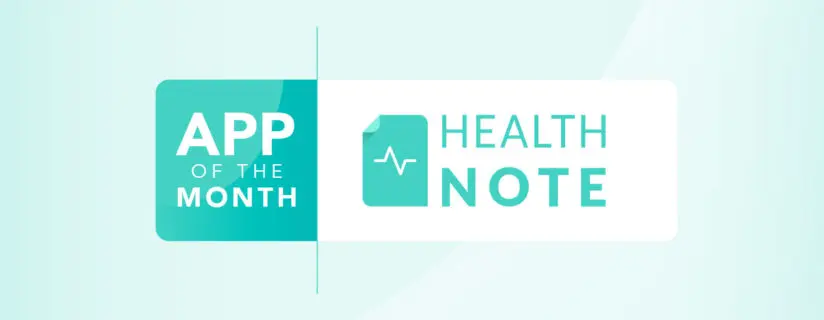Blog Posts
A look at the policy side of social determinants of health


Editor’s note: This blog post is part of our series on social determinants of health. Allscripts Vice President of Government Affairs Leigh Burchell explores the policy side, including industry issues and payment model solutions.
It is generally accepted that there is a correlation between social determinants of health and patient outcomes. As far back as 2003, the National Academies of Medicine (NAM) studied and reported on the relationship between the rates of medical procedures and the race of the patient.
In the last several years, as EHRs and other health information technologies – such as population health solutions – gained wider use, data related to the social determinants of health (SDoH) have been increasingly captured and available to clinicians. In particular, the Meaningful Use incentives, the MACRA-responsive requirements and the CPC programs have – as a byproduct – helped expand the volume and types of non-medical determinative information on file about patients.
Beginnings of policy
I recently met with representatives from across CMS for a discussion on SDoH. I was heartened to learn about the breadth of the agency’s focus on this topic, spanning the Center for Medicare to the Office of Minority Health; Center for Clinical Standards and Quality (CCSQ) to the CMMI. However, while a few CMS programs have started piloting work in this area, such as the Accountable Health Communities model, it is clear that HHS is nowhere near a comprehensive strategy, with the health IT intersection one area in need of real focus.
Capturing social determinant data
As explained in the Social Determinants report issued by HHS last year, the dearth of standards to address the capture and exchange of social determinant data is a significant issue for the industry and is one that is limiting research and analytics opportunities.
Policy makers are also weighing the inadvertent consequences that could negatively affect the groups most in need of assistance if social determinant data were to be misused. The challenge is described in the eHealth Initiative’s report released today.
“Organizations must consider the potential impact of the use of SDOH data on vulnerable populations and ensure the data is collected and used in a fair, unbiased and scientific manner… It is also important that choices made about modeling and analyzing data elements are free from bias. Standardization may be a means to help eliminate potential bias and discrimination.”
Additional standards complexity
The issue of standards is even more complex than the norm when addressing social determinant information because the sources of data that would be useful are so variant. Everyone from housing programs to transit authorities to Meals on Wheels have information on patients that could be clinically relevant. Unfortunately, there is currently no widely-available mechanism to convert the information they have on their clients into discrete forms that can be absorbed by an EHR.
Further, there is still no industry agreement addressing where such data should be stored…should healthcare providers be responsible for asking about and digitally capturing that information? If so, where would it be saved? Or does it make more sense for the health plans and payers to gather and store this intelligence, making it available via application programming interfaces (APIs) to the whole team of clinicians who see that member?
Clinician drivers to act on SDoH
The industry will need to come to agreement on performance metrics associated with SDoH and map those measures to claims codes. It will also be imperative that payment models rolled out from the CMMI start to financially incite consideration of SDoH factors in the care process.
Additionally, we cannot overlook that providers are concerned about being asked to spend valuable time during a patient encounter gathering and documenting non-medical data without any real ability to act on what they learn.
If a physician has no way to help a patient who lives in a food desert zip code, or doesn’t have an air conditioner as a congestive heart failure (CHF) patient, there are questions whether it is a good use of their time to have that conversation. Given the ongoing focus on reducing clinician frustration throughout their work day, this is an important question to answer.
My final thoughts
There is much more to be done to bring comprehensive social determinant data into the provider’s EHR workflow in a user-friendly, trusted and actionable fashion. And it is clear that it may be some time until policies from regulators and payers settle into any type of consistent framework.
Allscripts is pleased to be taking a leadership role in the conversation and is excited that the health IT industry has yet another way to contribute to the betterment of patient care.
Read more on determinants of health here.












